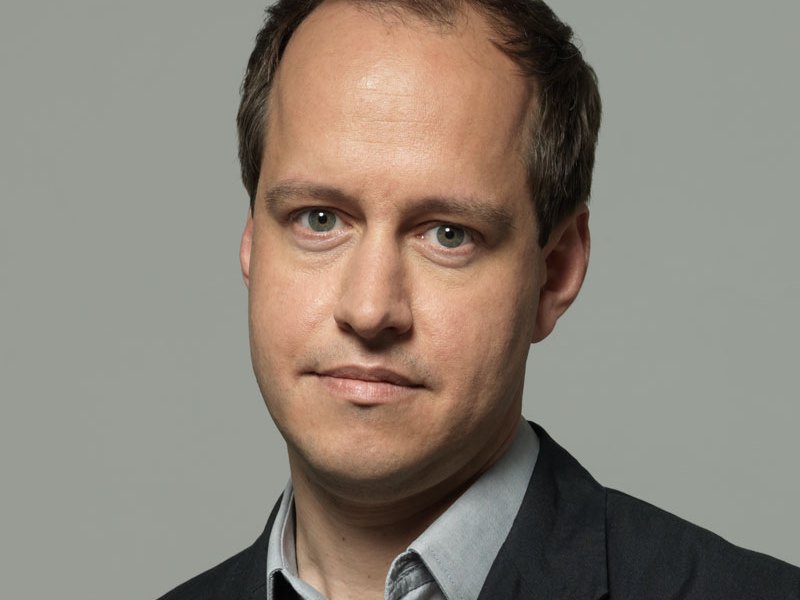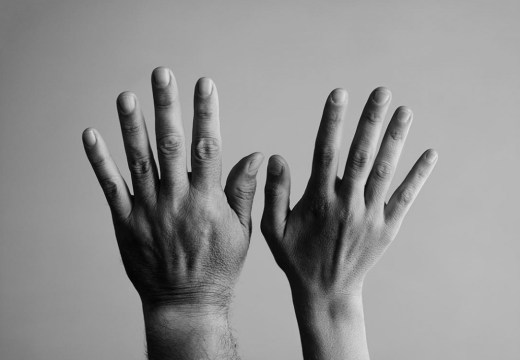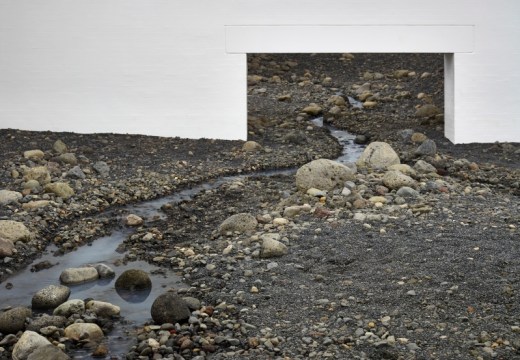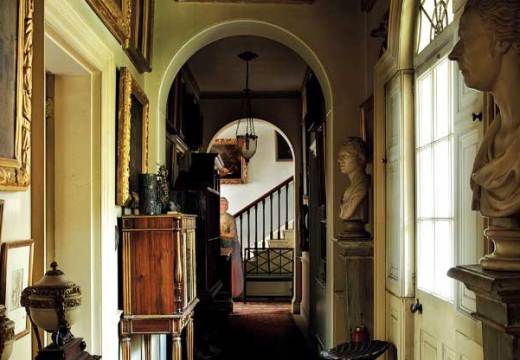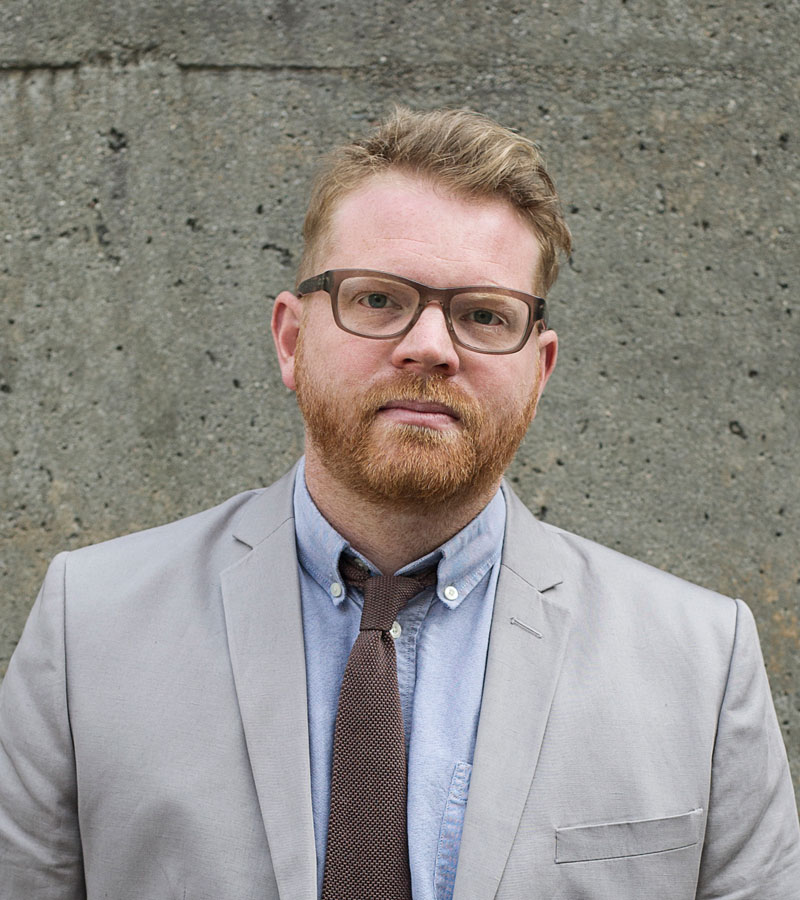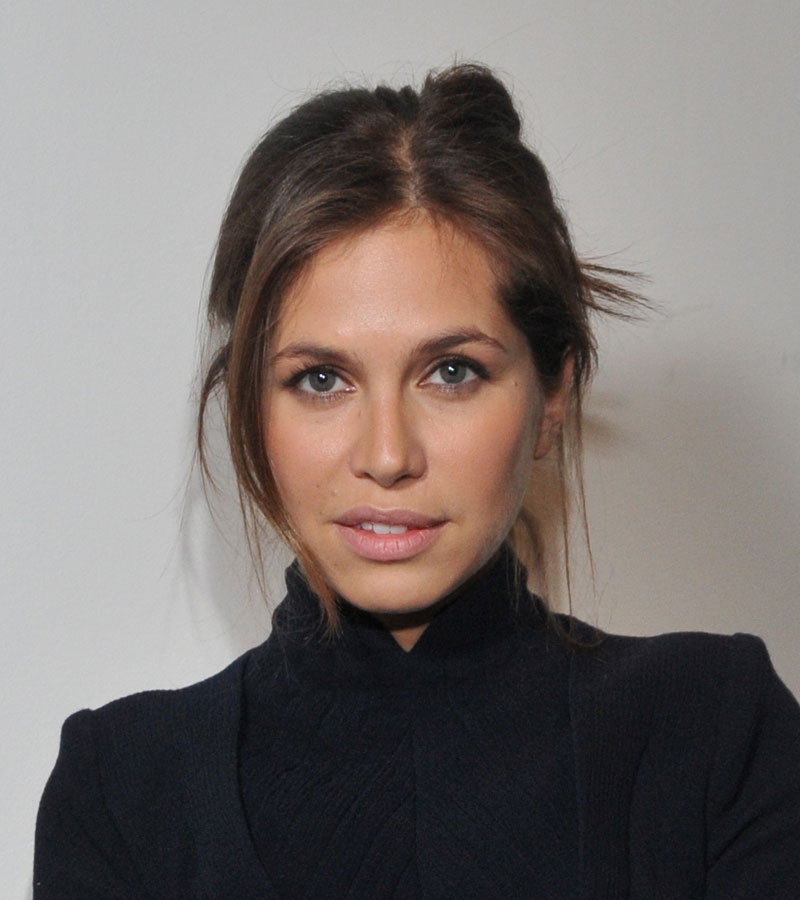Curators come in many guises, and Jasper Sharp seems a rare combination of two very different types – the international impresario and the heavyweight academic. The British-born curator began his career at the Peggy Guggenheim Collection in Venice at the age of 24 with ‘a two-month internship that ended up lasting six wonderful years’, and for the past eight years he has been based in Vienna. After a spell at Thyssen-Bornemisza Art Contemporary, he worked independently as a curator and writer in the city, before beginning his current role as Adjunct Curator for Modern and Contemporary Art at the majestic Kunsthistorisches Museum in 2011.
Vienna, he suggests, retains that valuable sense of untapped potential that can seem so drearily extinct in the ‘art hubs’ of London and New York. ‘With an increasingly vibrant artist community and two good art schools, the city has a bright future’, he comments, ‘while still maintaining the feel of a well-kept secret’ – adding that it enjoys ‘a remarkable diversity of institutions, from small artist-run spaces to vast former imperial palaces.’ That comparison says much about his own range as a curator, simultaneously engaging with the grand history of the KHM and working closely with living artists.
As a ‘contemporary curator’ in a museum whose collections end at 1800, Sharp is alive to the apparent anachronism of his role: ‘the magnificence and abundance of the holdings do of course sometimes beg the question: why is modern and contemporary art even necessary here?’ Yet his string of acclaimed exhibitions – notably by artists who embrace and reinterpret the art of the past – stands as a riposte to that imagined question. They include a survey of paintings by Lucian Freud from 2013–14 (the first showing of the artist in his grandpaternal country), and an exhibition by Ed Ruscha, for which the American painter assembled 30 artworks and artefacts from the museum’s holdings – a testament, Sharp believes, to the fact that ‘the conversation between the art of the past and more recent times can produce great rewards’. He is currently planning an exhibition of Joseph Cornell: ‘I’m looking forward to seeing it in the context of our astonishing Kunstkammer.’
His proudest curatorial achievement to date (‘for the pressure, the constraints, and the level of scrutiny that it received’) was the production, financing and installation of a new film work by Mathias Poledna in the Austrian Pavilion at the 2013 Venice Biennale. Imitation of Life was subsequently acquired by a ‘string of pearls’ of major institutions including Tate, LACMA and the Whitney.
In an art world that can occasionally seem too resolutely contemporary, Sharp is keenly aware of the relevance of historical contexts, admitting that he spends ‘as much time in historical museums and collections as I do in modern and contemporary ones’. While alert to the risk of ‘an overeager or misguided engagement with the past, leading to its simplification or crude fetishisation’, he is clear about the importance of a historical purview – of unblinkered looking – and argues that ‘curating itself has not changed so much as the perception of it. The word itself is used more loosely than ever before, but many of our objectives remain the same’, adding that ‘the practice of curating is intrinsically associated with that of collecting, and of collections’.
James Cahill
Unlimited access from just $16 every 3 months
Subscribe to get unlimited and exclusive access to the top art stories, interviews and exhibition reviews.

